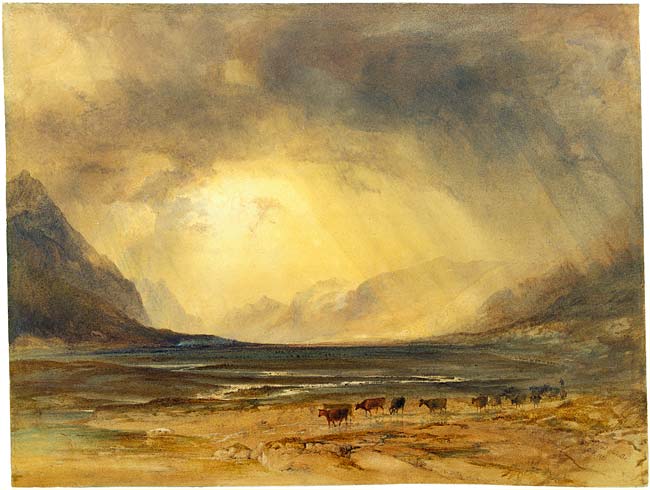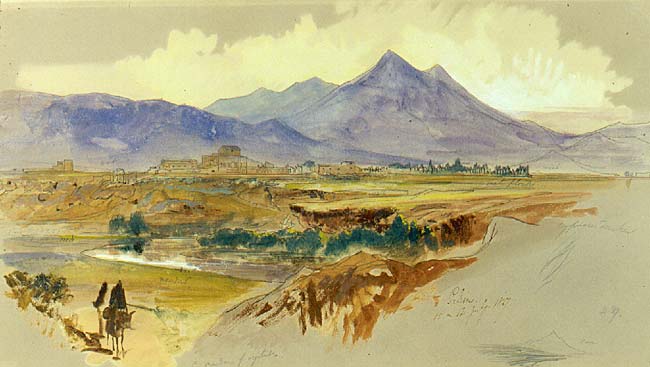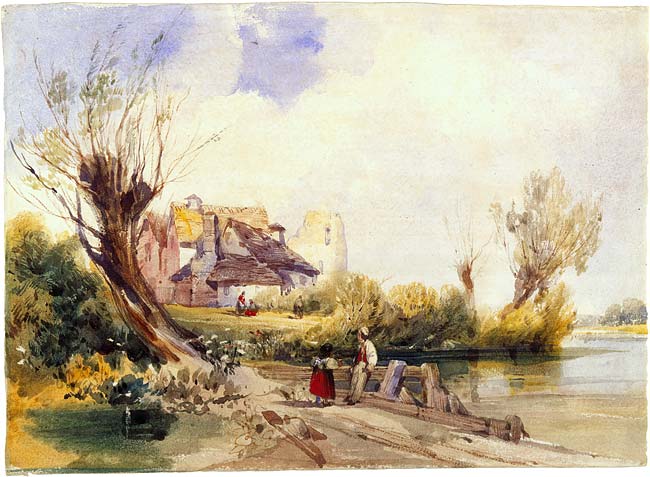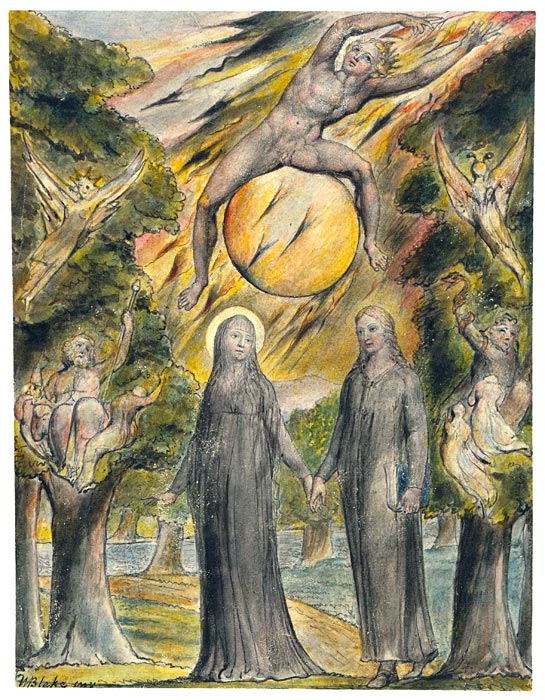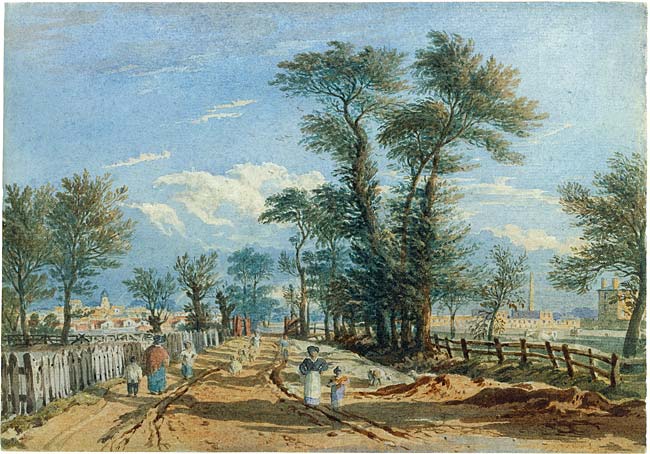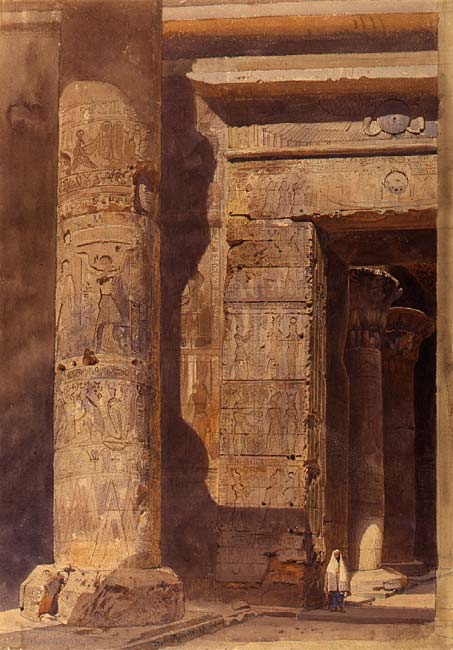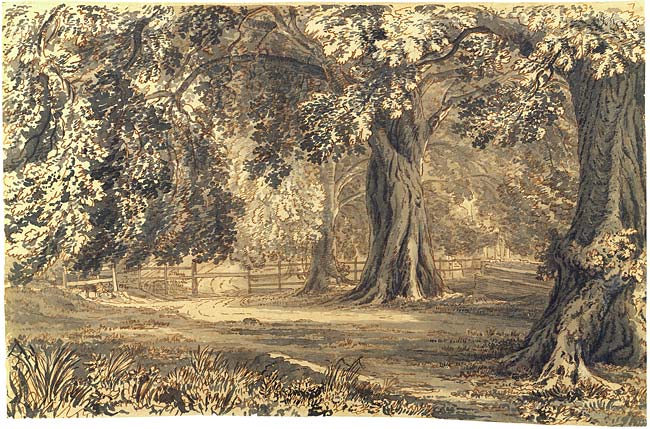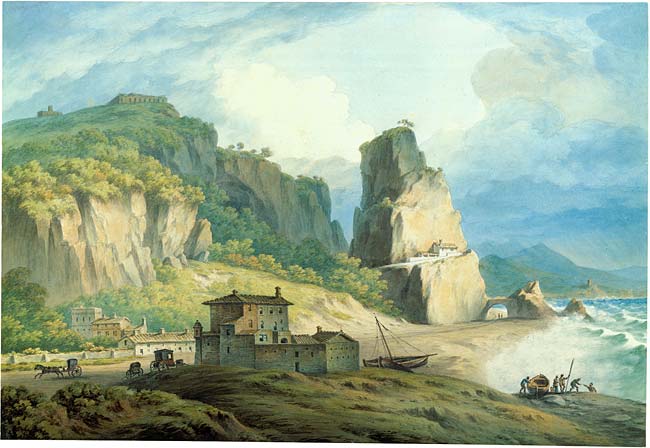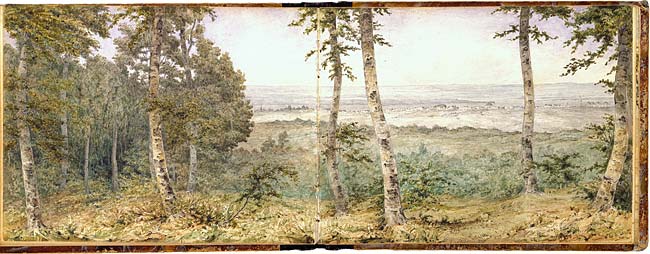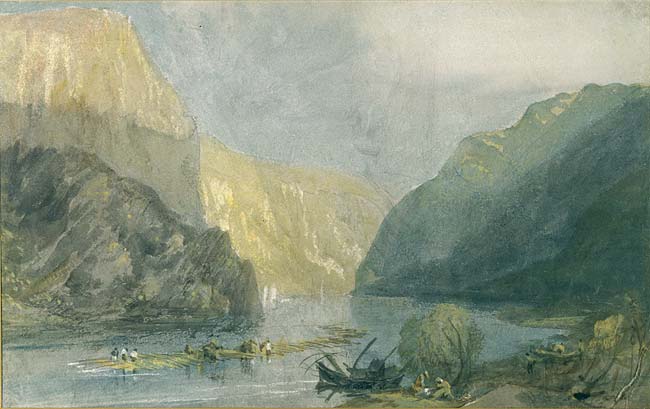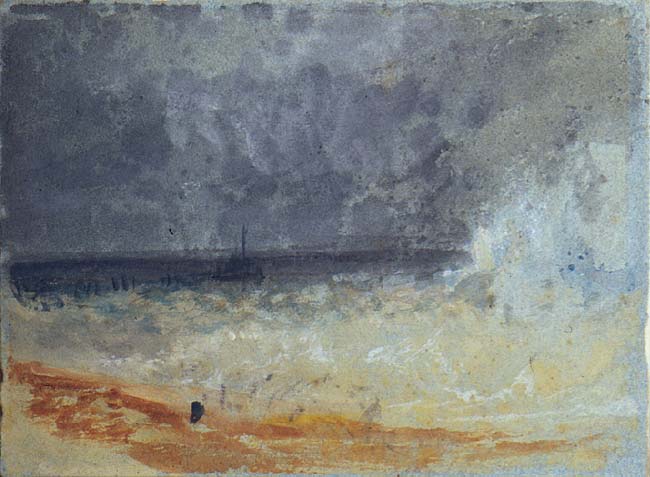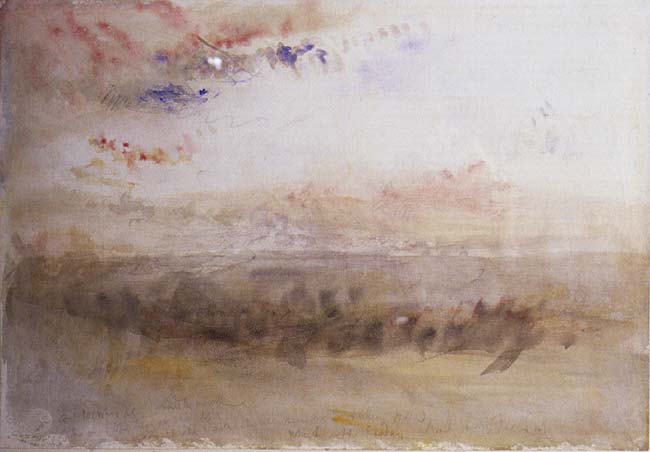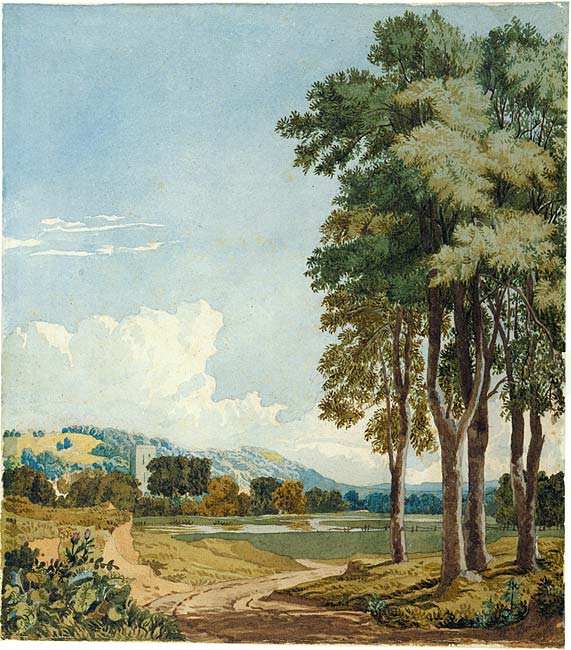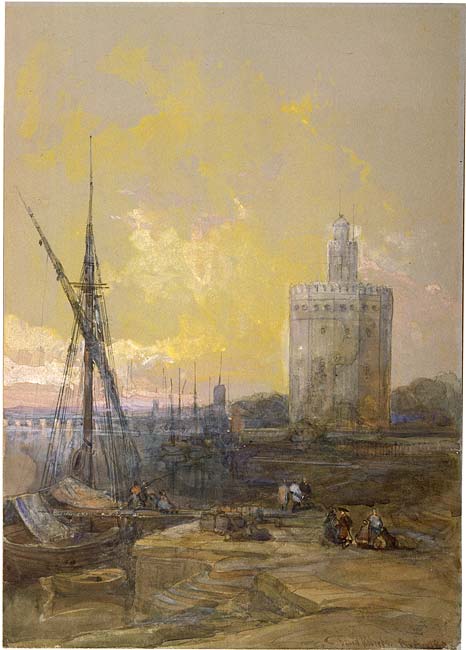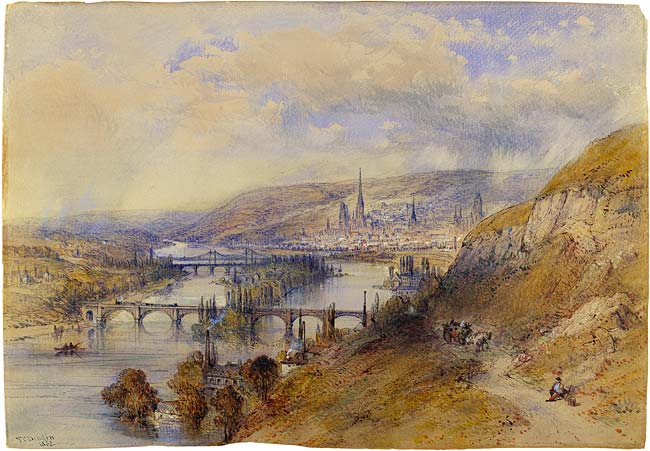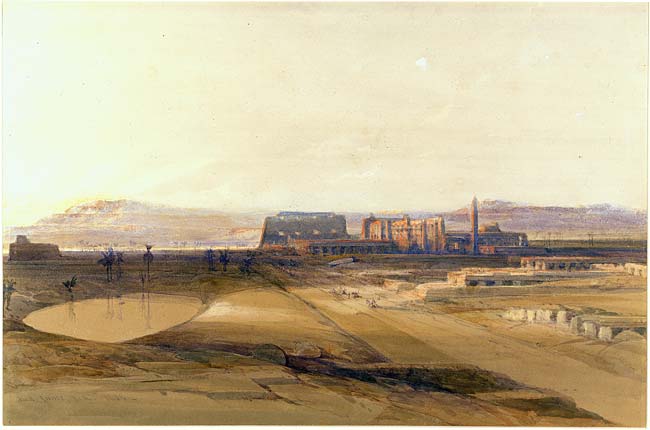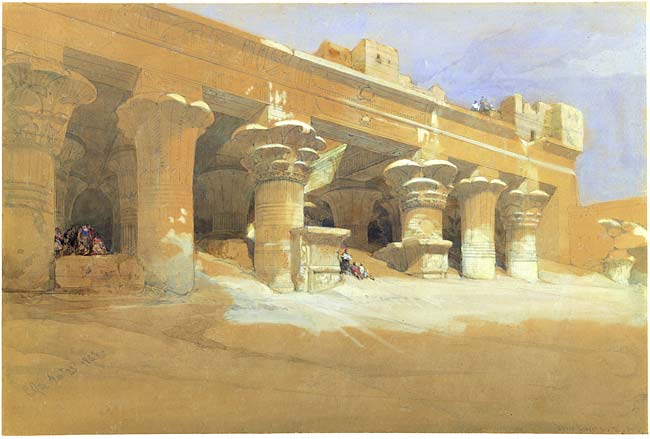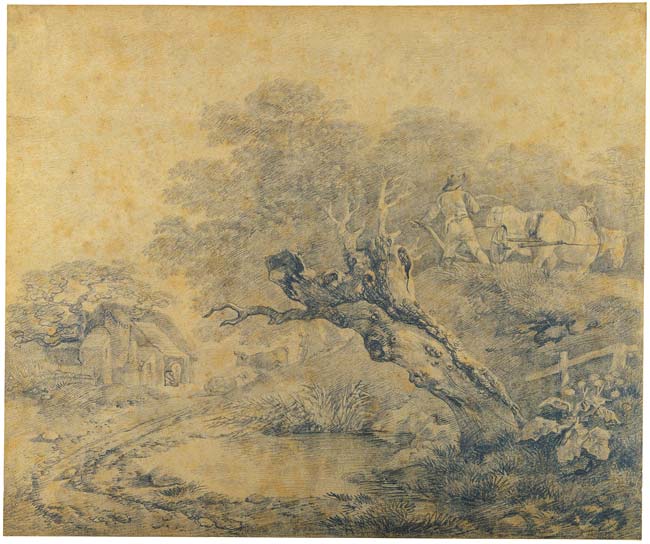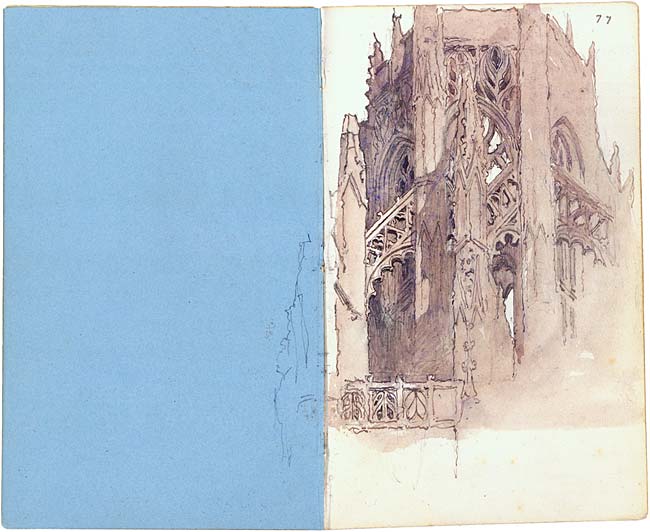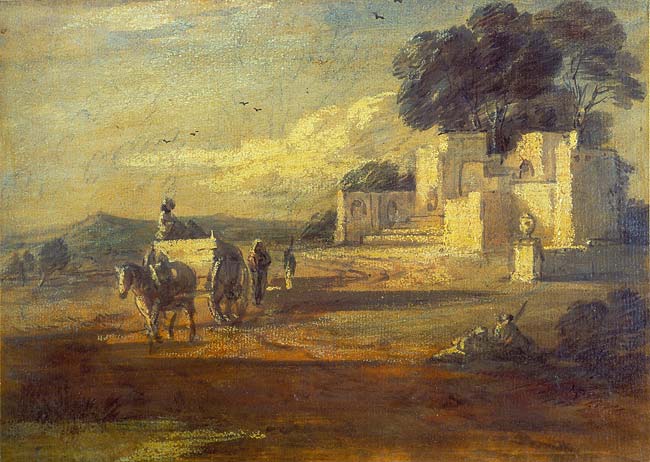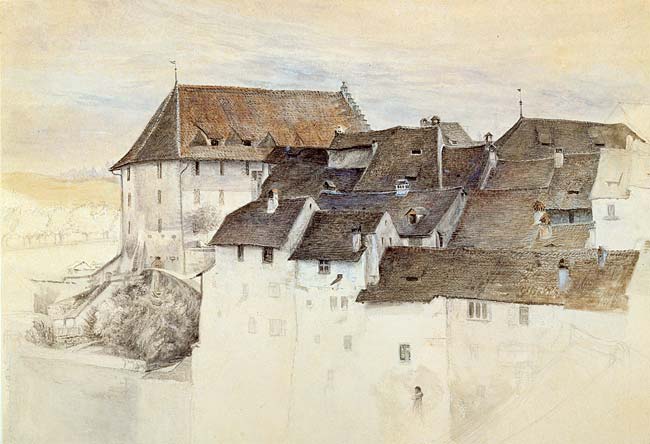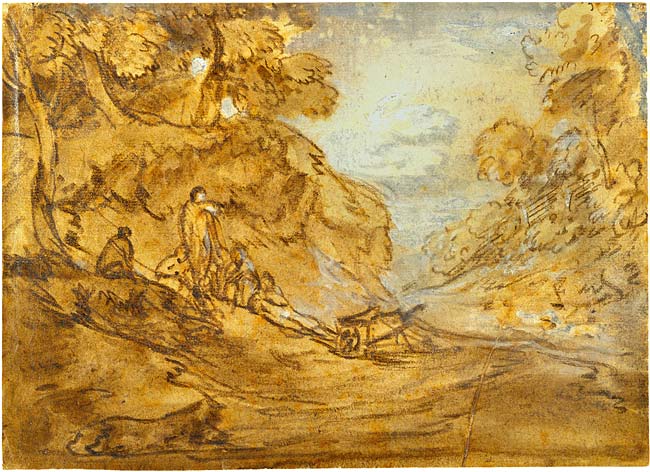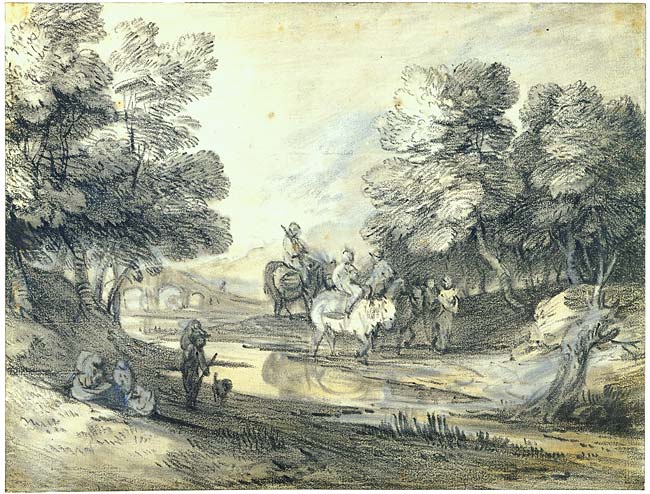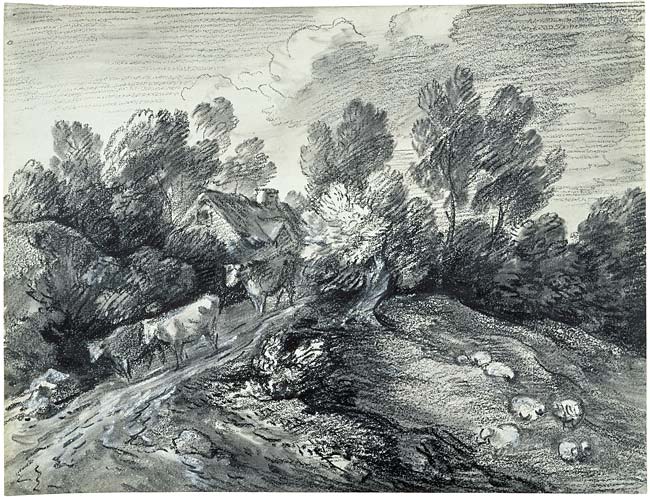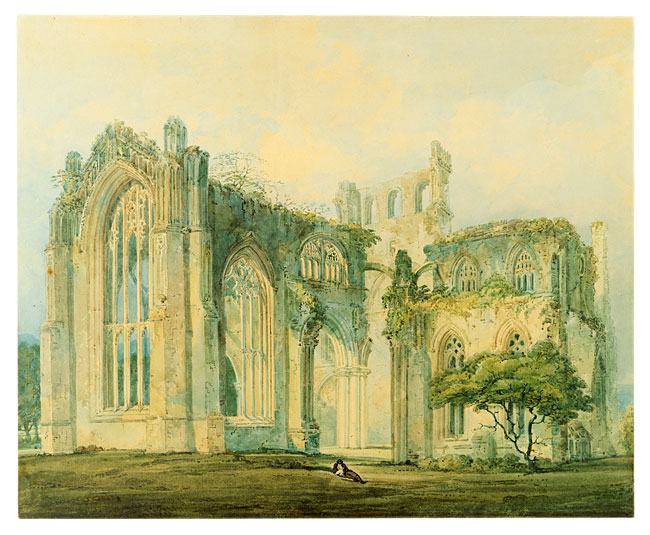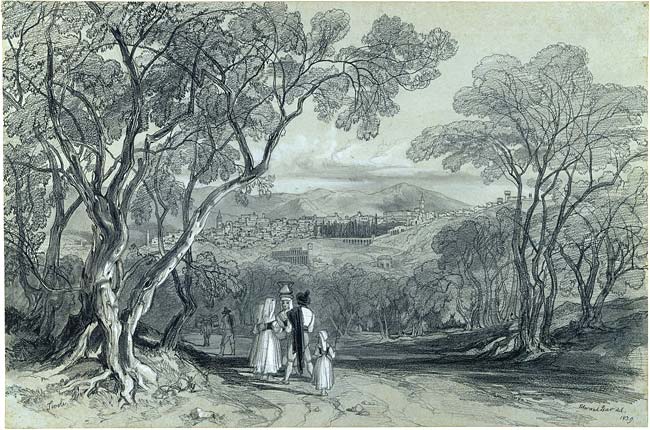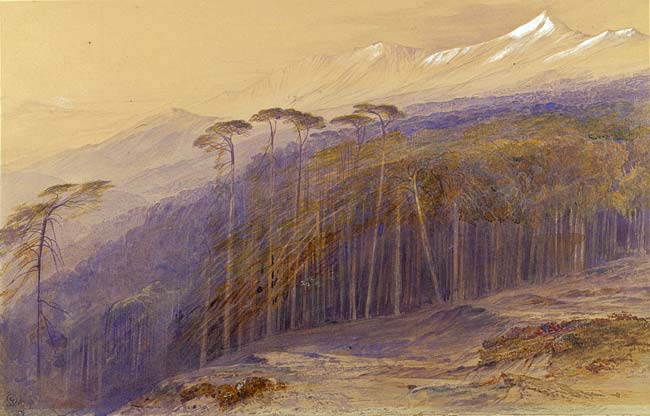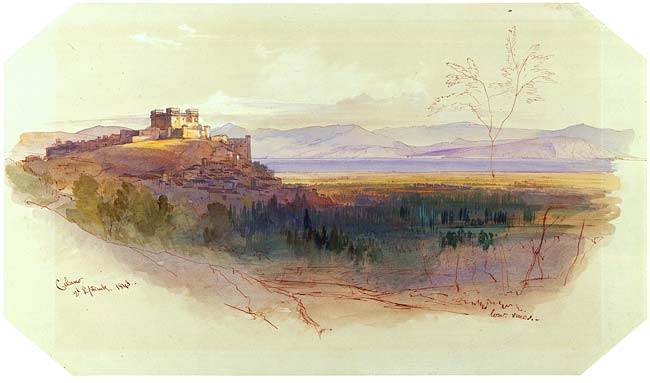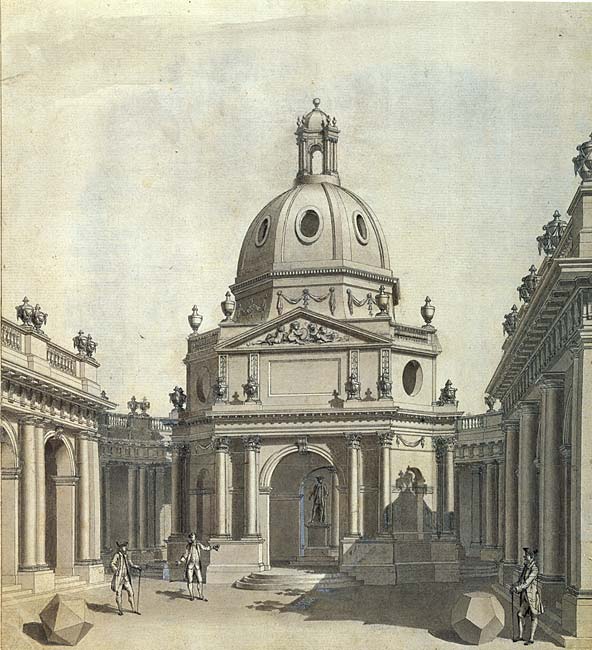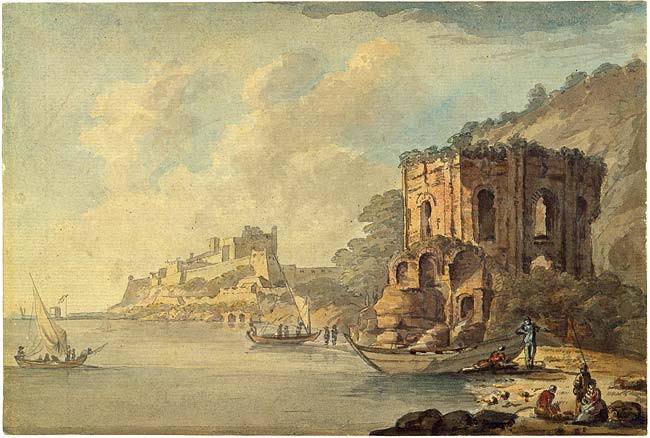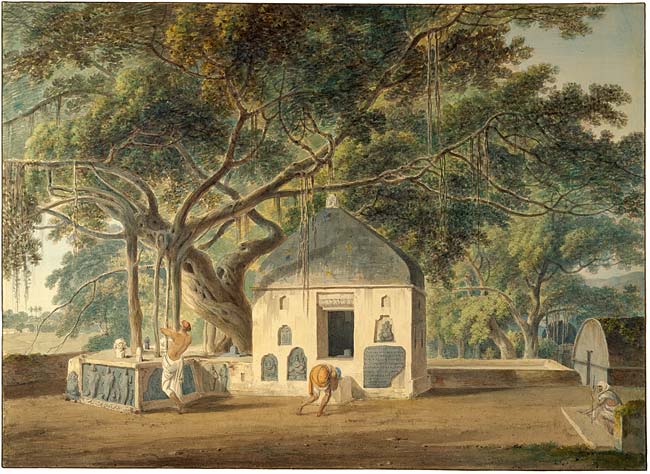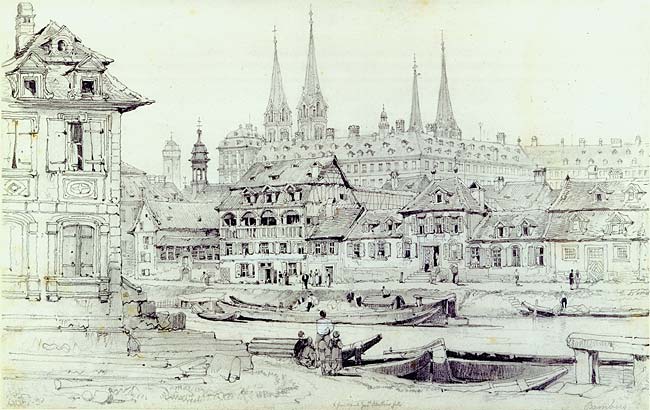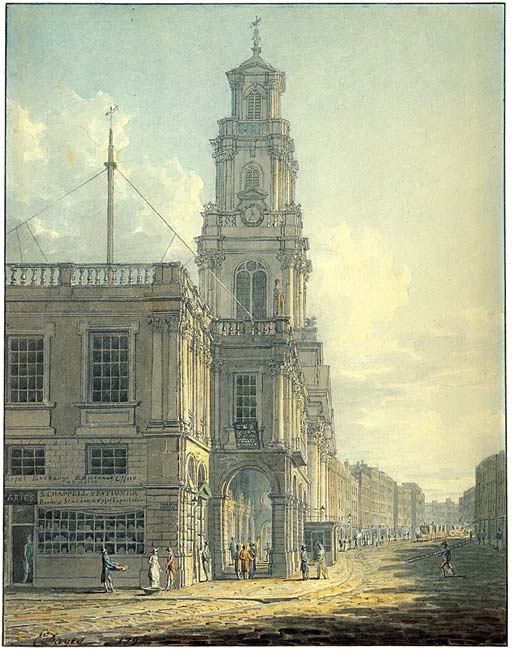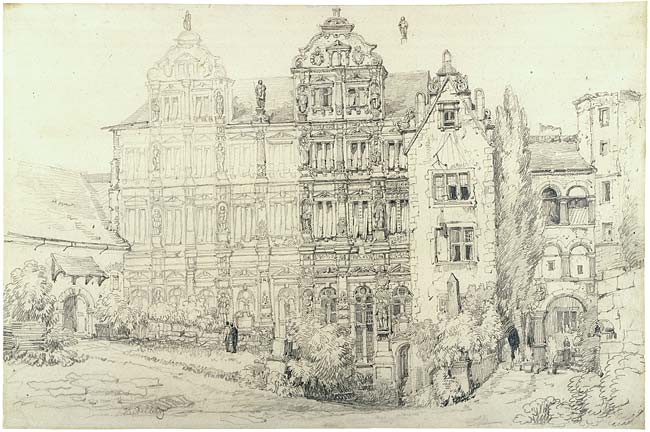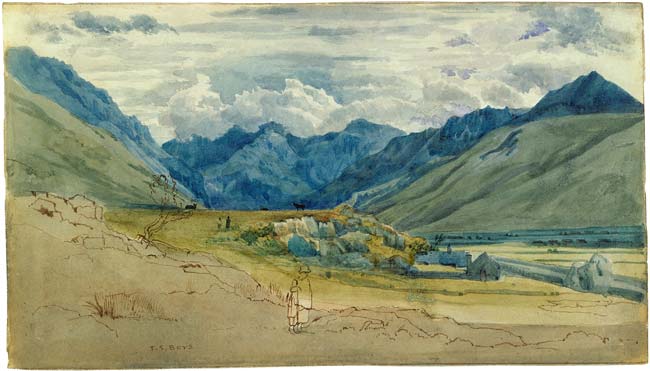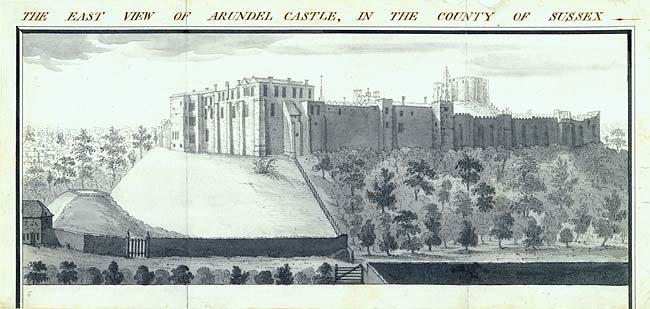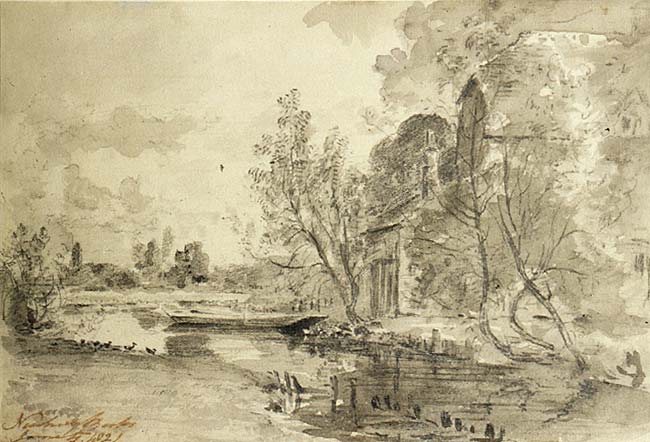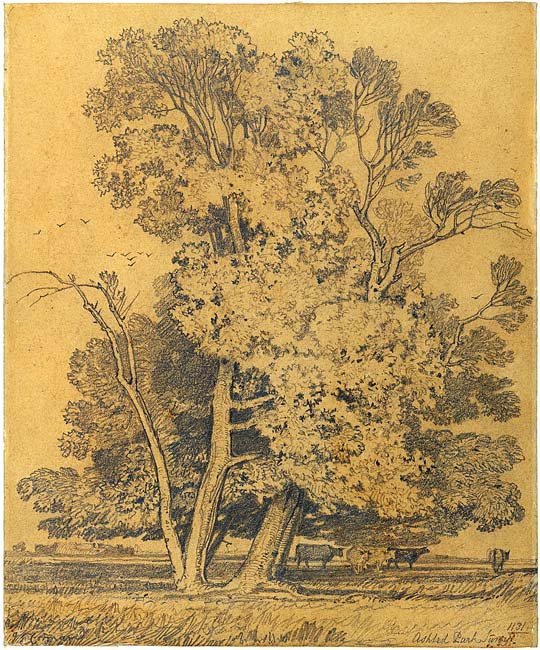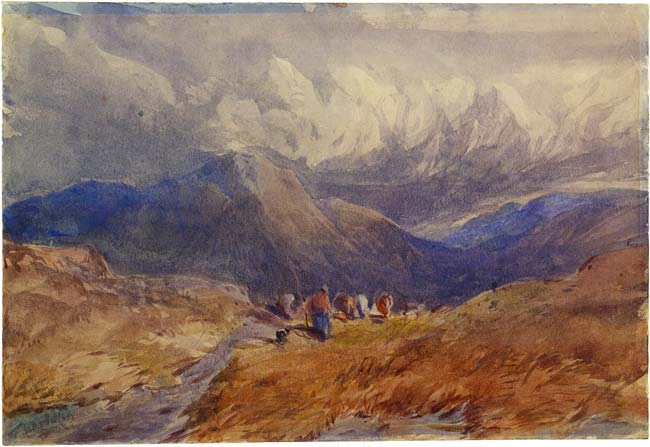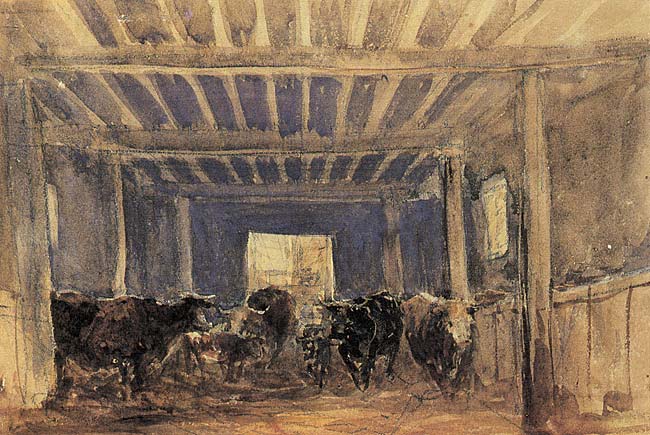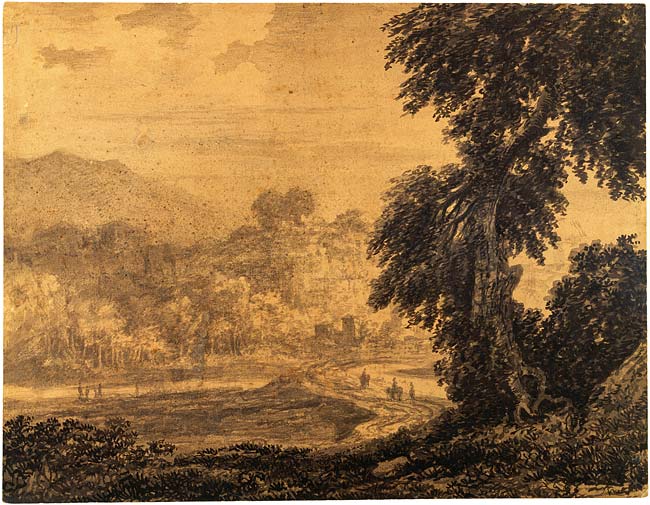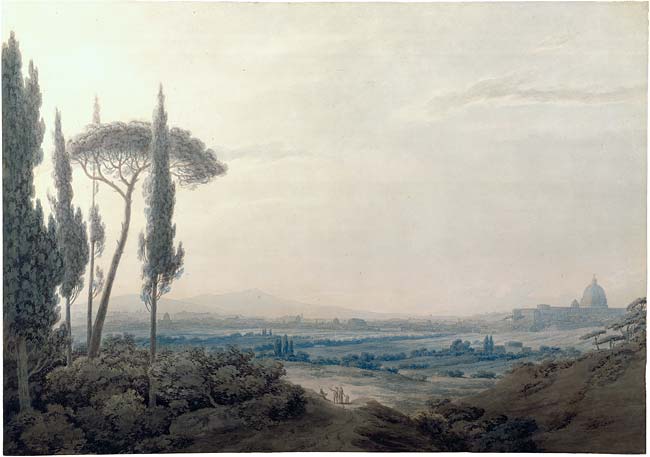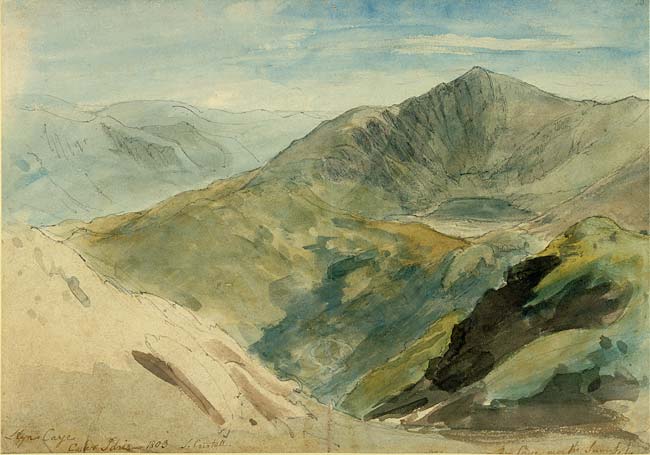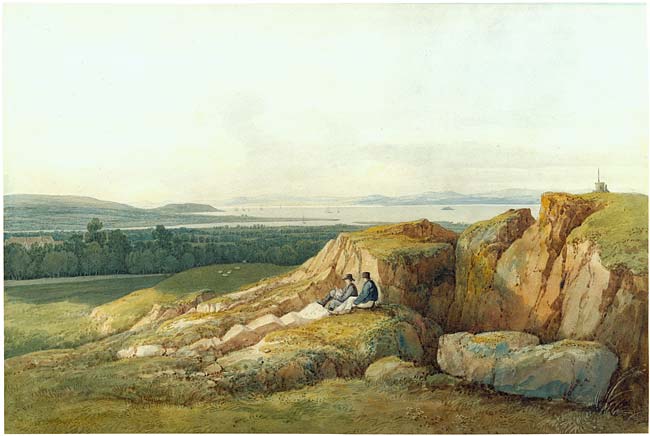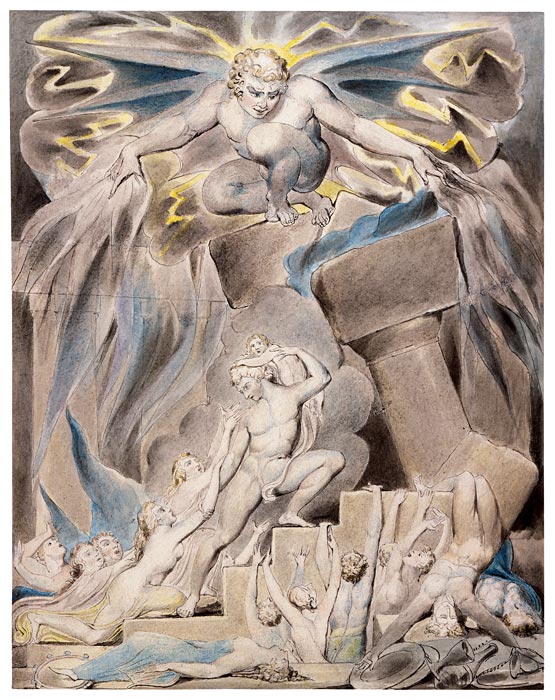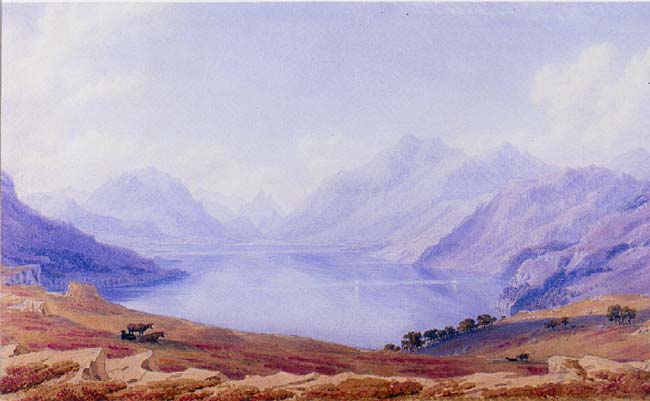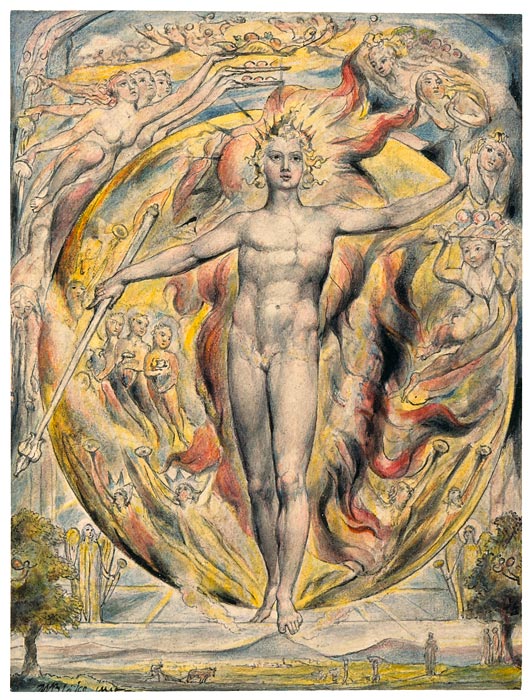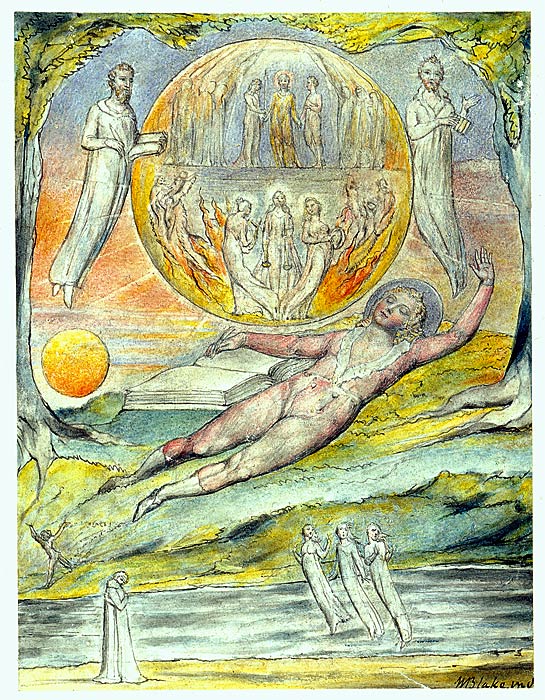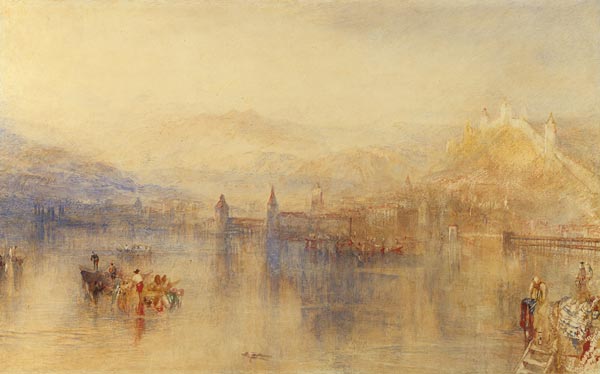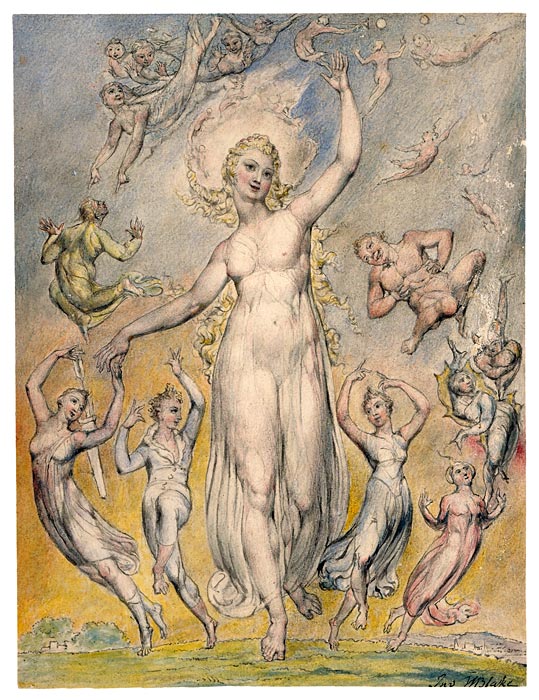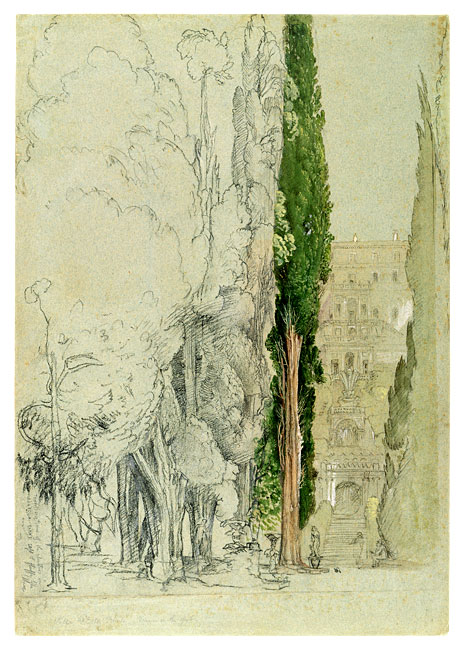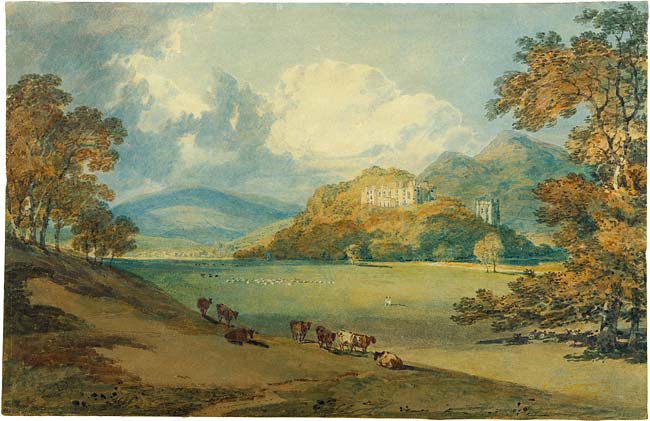
This presentation of sixty-one images of works by thirty different artists is based on a 1994 exhibition at the Morgan.
Exploring a period in the history of British art during which the role of landscape painting underwent a profound and lasting change, this presentation shows the ways in which that change was vitally dependent upon a transformation in the conception of landscape drawings and watercolors.
In early-eighteenth-century England what we would regard as landscape drawings were essentially topographical renderings. Their primary function was documentary, providing an accurate visual record of a specific site. Within the hierarchy of English taste, such works occupied a lowly rung, being deemed more the product of craftsmanship than of imagination and artistry.
We begin to see a marked shift toward a more painterly and subjective approach, however, in the work of topographers from the middle of the eighteenth century. Increasingly, many of England's most creative and visionary artists found their principal source of inspiration in nature, from the quiet climes of the British countryside to the rugged grandeur of the Alps, to the ancient sites of Egypt, Greece, and Rome. Indeed, one of the themes developed in this presentation is the importance of travel and the search for new and exotic visual splendors. Nearly one half of these drawings depict sites outside England.
It is possible to speak of an emerging national school of landscape artists in England by the beginning of the nineteenth century. While some worked both in oil and the various drawing media, others chose to express themselves almost exclusively in pen, chalk, wash, and, above all, watercolor. As this presentation so ably demonstrates, there existed among these landscape artists an extraordinary diversity of styles, subject matter, and technique.


